The Youngest Soils In The Archipelago
El Hierro is the most south-westerly island of the archipelago and owes its origins to volcanic eruptions that took place roughly a million years ago. It´s vineyards are a rich resource of indigenous grape varieties, and traditional viticultural practices are still common here.

Soil
The origin and nature of the soils on El Hierro are volcanic. This helps to explain the remarkable texture and appearance…

Climate
Its latitude and the influence of the Trade Winds and the Canary Current give El Hierro a moderate to cool climate…
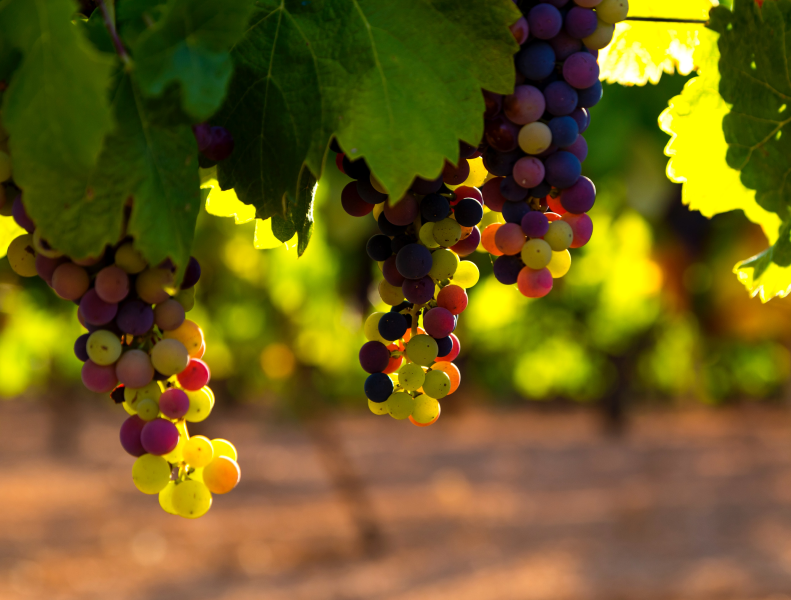
Grape Varieties
The most commonly planted white grapes on the island are Listán Blanco and Verijadiego Blanco, which can be made…
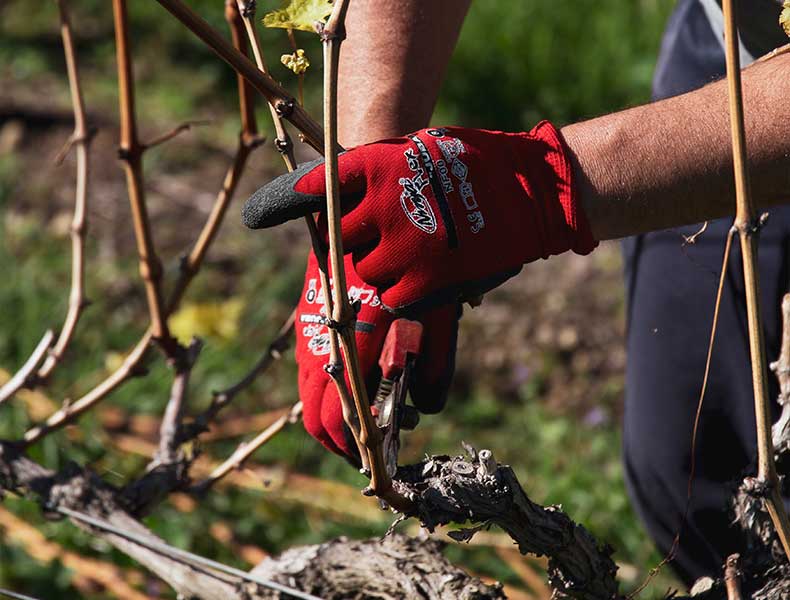
Viticulture
One of the most notable characteristics of the viticulture on El Hierro is the low-level plantings of its vines…


Soil
The origin and nature of the soils on El Hierro are volcanic. This helps to explain the remarkable texture and appearance of its soils as well as the presence of characteristic formations such as lapilli, black sands, gravels, basalt and terrarosa. The result are soils that retain sufficient rainfall, essential for viticulture.
Climate
Its latitude and the influence of the Trade Winds and the Canary Current give El Hierro a moderate to cool climate, whilst its varied altitudes generate cloud condensation, adding to the varied microclimates between the regions.

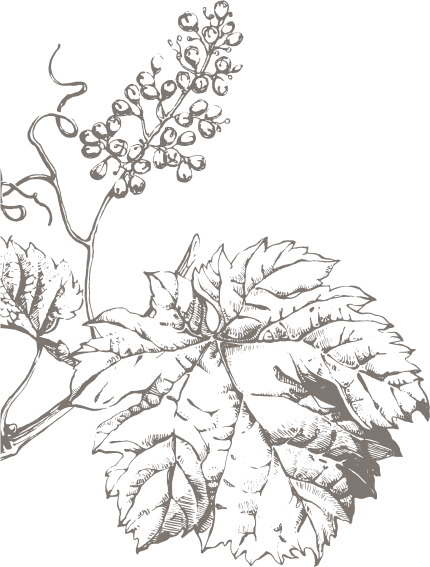
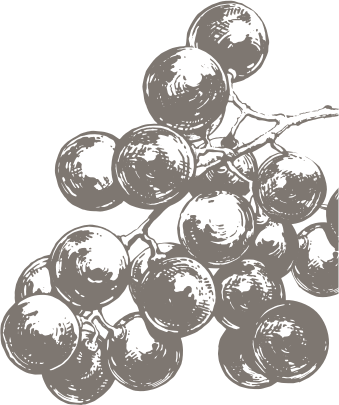

Grape Varieties
The most commonly planted white grapes on the island are Listán Blanco and Verijadiego Blanco, which can be made varietally or blended with other white grapes. The most commonly planted red grape on the island is Listán Negro, sometimes known as Negramuelle, often blended with other red grapes. Rosé wines are generally made with Listán Negro.

Viticulture
One of the most notable characteristics of the viticulture on El Hierro is the low-level plantings of its vines. This is a method that arose to protect the vines from the strong winds, and is a system that requires the constant attention of grape-growers to ensure the vines keep their shape and take root.
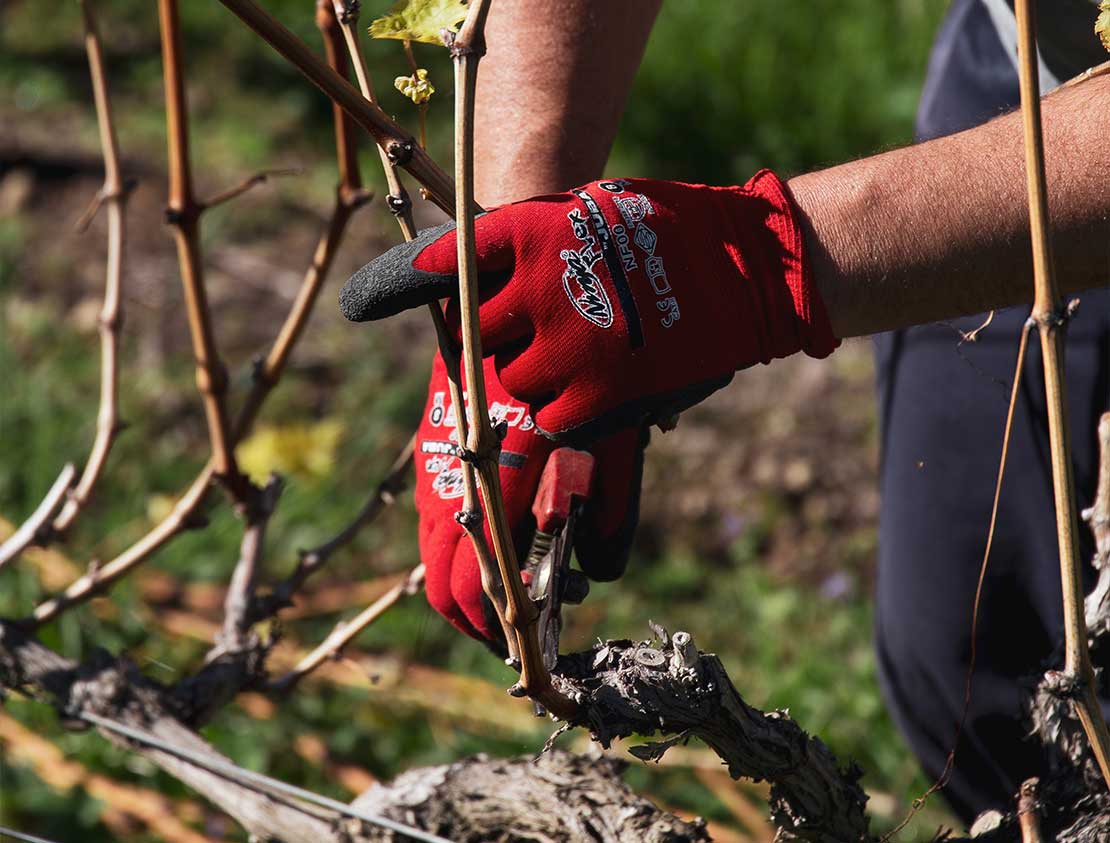
Main Grape Varieties in El Hierro
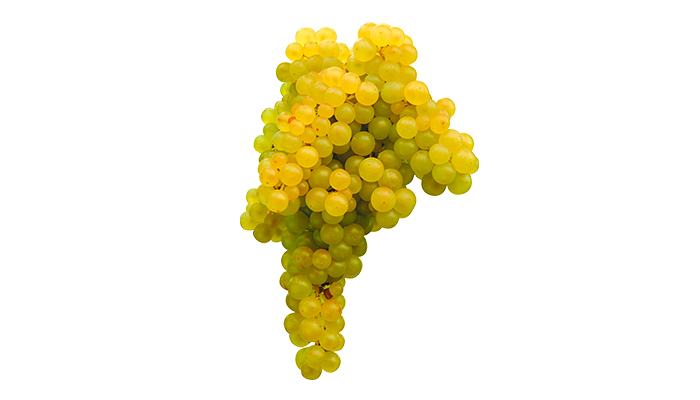
LISTÁN BLANCO
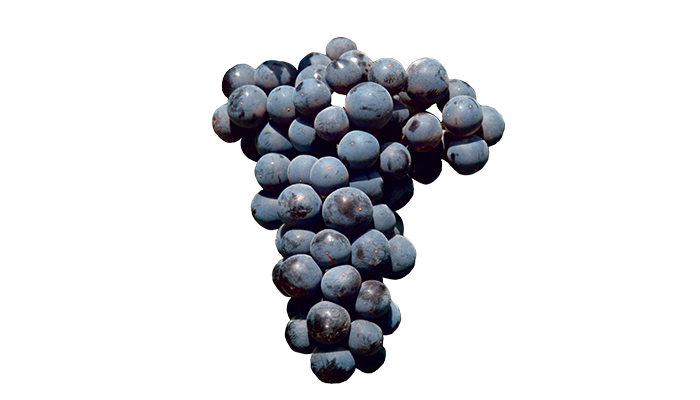
LISTÁN NEGRO
Commonly confused with Listán Prieto, studies show that Listán Negro is actually a natural crossing of Mollar Cano and Palomino Fino. The most planted red variety in the Canary Islands, Listán Negro has a natural affinity with the soils and micro-climates of Tenerife, where it produces strong yields of ripe grapes on its volcanic soils.
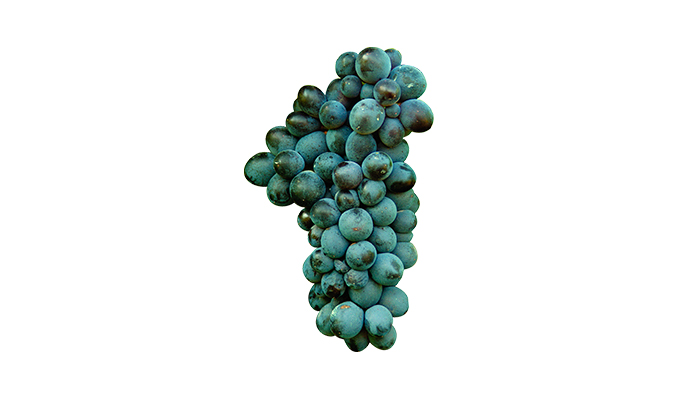
VIJARIEGO NEGRO
Historically linked to vineyards in El Hierro, this grape variety is the same as Sumoll in Catalonia, and due to its adaptable nature it can be found throughout the Canary Islands. Despite this, Vijariego Negro tends to prefer cooler vineyards sites.
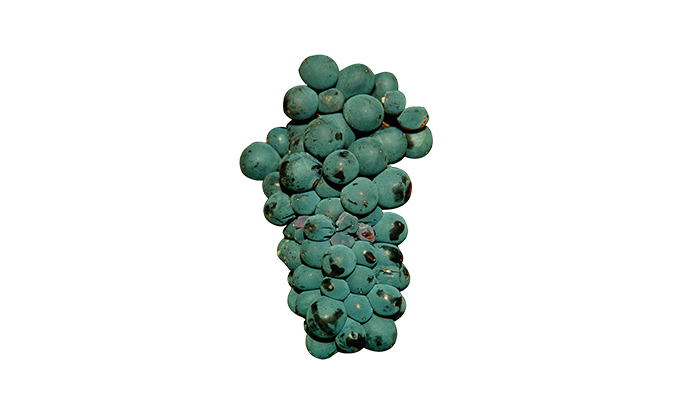
Baboso Negro
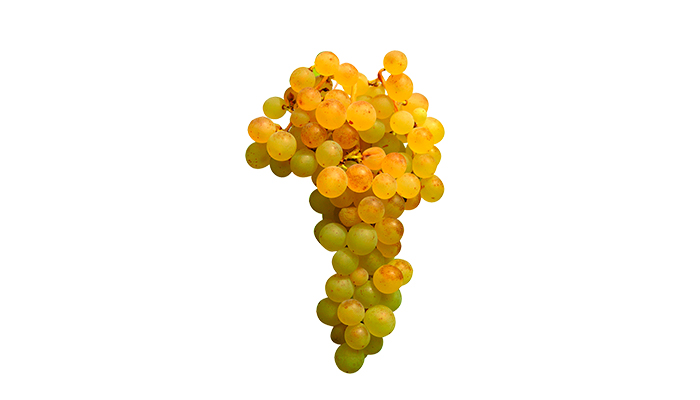
VIJARIEGO BLANCO
When grown in El Hierro, where it is sometimes referred to as Verijadiego, and in the Northwest of Tenerife, it is the most acidic grape variety in the Canary Islands. This grape variety is entirely unique to the islands and has yet to be found anywhere else in the world.




| The management of the DOP ISLAS CANARIAS carried out by AVIBO is partially financed by the Government of the Canary Islands with funds from the expenditure budget of the Instituto Canario de Calidad Agroalimentaria |
 |
| Member of the Spanish Wine Federation |
 |
Copyright 2021 DOP Islas Canarias - Canary Wine - Aviso Legal - Política de Cookies - Política de Privacidad


